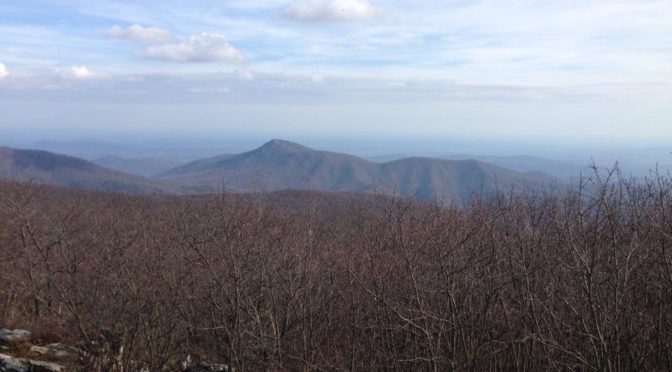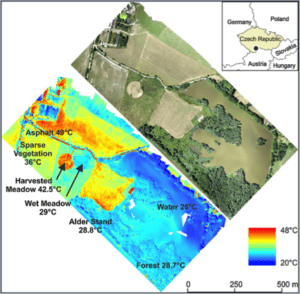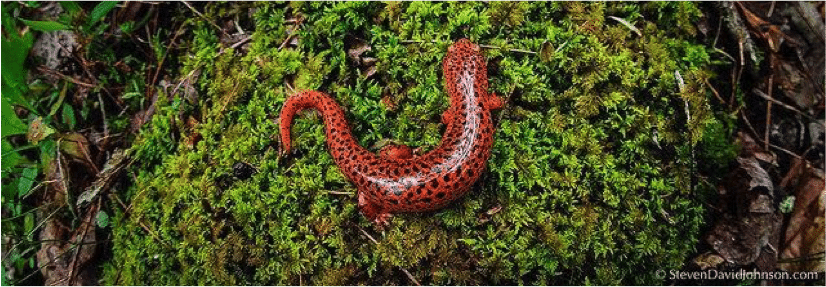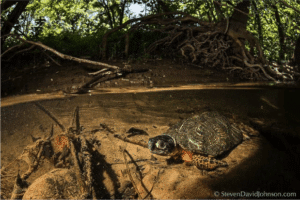
5 Things You Didn’t Know About Trees and Climate Change
Besides providing beautiful sites for hikers, habitats for wildlife, and lush natural scenery, forests play an invaluable part in protecting our planet from climate change. Read on to learn some fascinating, often-overlooked functions of forests and to understand why it’s especially important to look out for their welfare.
1. Forests regulate rainfall
When it comes to rain, forests play a vital role as regulators of precipitation patterns and water availability. Throughout the year, trees release a variety of biological particles such as pollen, fungal spores, bacterial cells and biological debris into the air. When these particles enter the atmosphere, they cause existing moisture to condense, forming rainfall. Forests are integral to the natural flow of water resources; the destruction of forests disrupts the region’s water cycle, and can lead to periods of droughts.
2. Forests create storms
The Biotic Pump theory suggests that when trees and vegetation transpire, (that is, when they release water into the air as vapor,) they aid in forming a low-pressure system over the area. Low-pressure systems generate strong winds, which have the ability to draw water from oceans and spread it across the continent in the form of rainstorms. This means that forests near coastal areas are especially crucial to climate regulation because they help bring rainfall to drier, landlocked areas of the continent.

3. Forests cool the earth
In tropical and temperate regions, trees have a high albedo (ability to reflect sunlight) and thus keep the surface cool from the sun’s rays. They also release small particles into the atmosphere, which is believed to aid in cloud formation. This helps keep the region cool. Additionally, trees constantly transpire water vapor through their leaves, which aids in reducing surface temperature. Scientists estimate that a single tree transpires hundreds of liters of water per day—the equivalent power of two average household central AC units. With global temperature on the rise, preserving forests and planting trees in urban areas will help reduce the severity of heat waves and humidity. The image above shows the surface temperature in an area that has had half of its forest cleared for agriculture. Notice how the surface temperature is much higher in the cleared areas. Protecting our natural forests means keeping the earth from scorching!

4. Forests Produce Groundwater
Trees have the ability to absorb fog and cloud droplets through moss and lichen plants that grow on or around their trunks and roots. Some of this moisture is used for tree growth, but additional water seeps into the ground to refill and recharge groundwater reservoirs. Studies have shown that large, uninterrupted forests have a higher rate of groundwater filtration and water flow than lands used for agriculture. Additionally, pesticide runoff from agriculture is more likely to seep into groundwater reserves when there is little or no forest nearby. Protecting this natural resource requires the preservation of forest areas and maintaining a safe distance between forest preserves and agricultural sites.

5. Forests Reduce the Risk of Flooding
Trees absorb a substantial amount of water vapor and transport it to groundwater reservoirs, which help keep topsoil from becoming too saturated. This is important when it comes to heavy rainfall and flooding. Forests play an important role in soil compaction and erosion prevention. Climate change scientists predict that future high temperatures will create heavier tropical storms and frequent storm surges, so it is especially important to preserve forests in coastal states (like Virginia!) that will experience these severe weather patterns.
In Conclusion, What Can We Do?
Policymakers need to be aware of forests’ influences on climate regulation. Trees and forest vegetation provide countless climate services to the world, including precipitation recycling, cooling, carbon storage, water purification, infiltration and groundwater recharge, as well as the traditional benefits they provide as physical resources of food and fuel. In order to combat ongoing climate change, we need to recognize the importance and opportunity that forests provide us with and do everything possible to protect and restore threatened forests throughout the world.
That’s where Wild Virginia comes in! We are a grassroots, non-profit organization dedicated to protecting and preserving Virginia’s national forests through a combination of education, citizen mobilization, and political advocacy. In order to combat climate change and to ensure that the great outdoors can be enjoyed by all for generations to come, we work on behalf of the region’s wild spaces. Get involved today!
Learn about how to get involved in our current campaigns here: https://wildvirginia.org/our-programs/
By Susannah Gilmore, Wild Virginia Volunteer
Sources:
- Hesslerová, P., Pokorný, J., Brom, J., Rejšková–Procházková, A., 2013. Daily dynamics of radiation surface temperature of different land cover types in a temperate cultural landscape: consequences for the local climate. Ecol. Eng. 54, 145–154. doi: http://dx.doi.org/10.1016/j.ecoleng.2013.01.036.
- Bruijnzeel, L.A., 2004. Hydrological functions of tropical forests: not seeing the soil for the trees? Agric. Ecosyst. Environ. 104, 185–228. doi: http://dx.doi.org/ 10.1016/j.agee.2004.01.015.